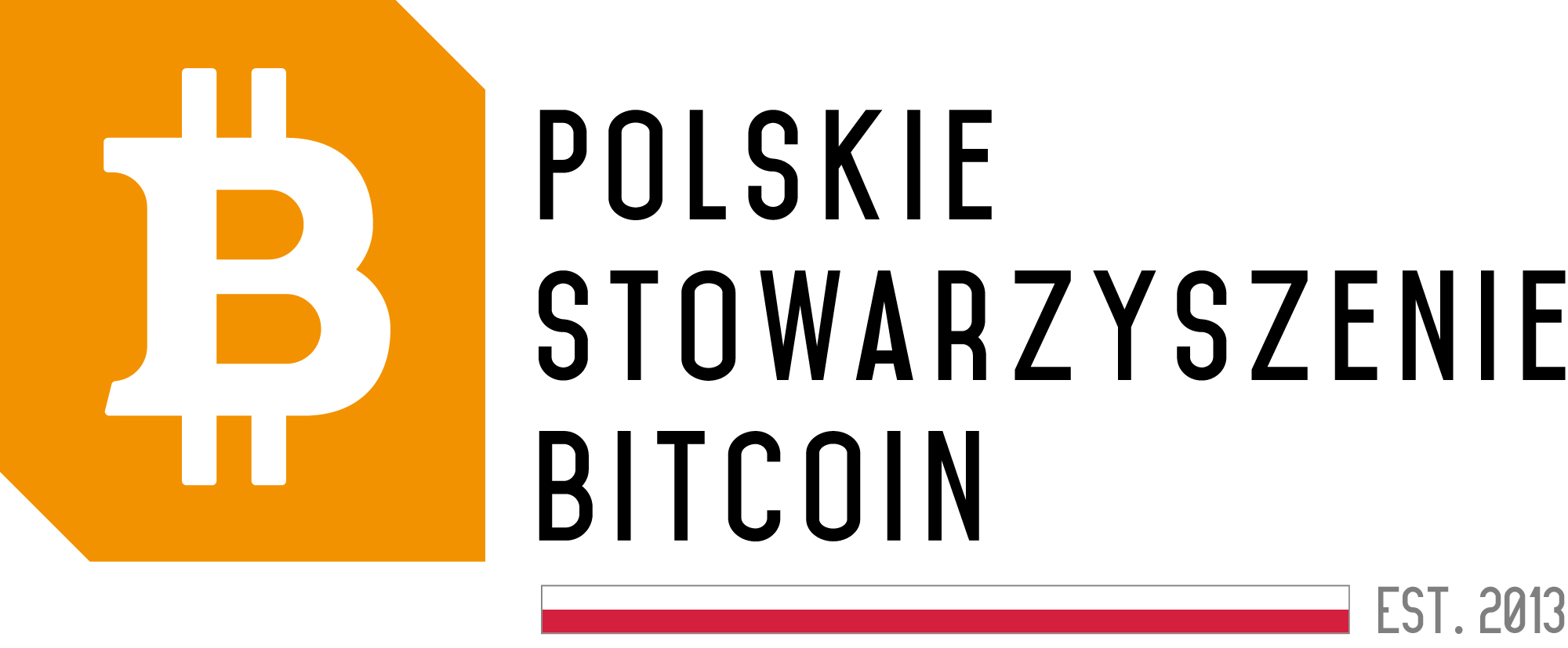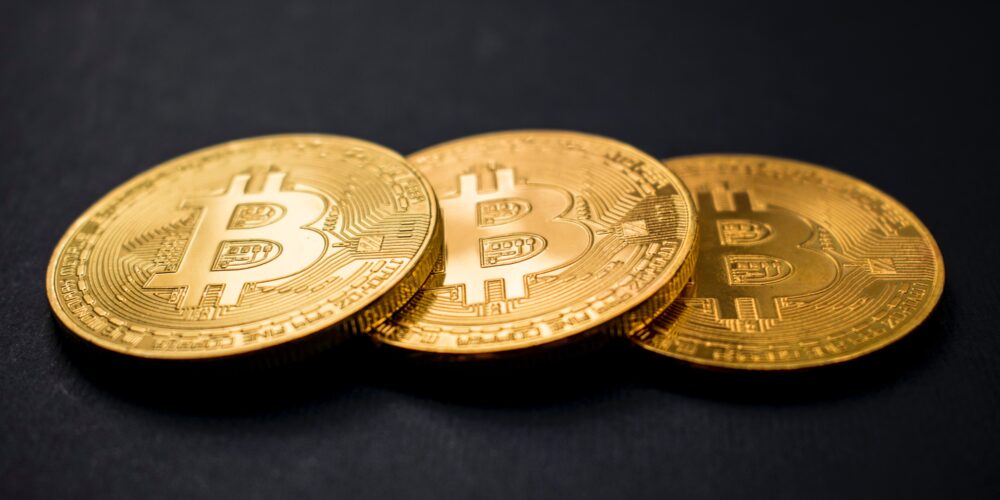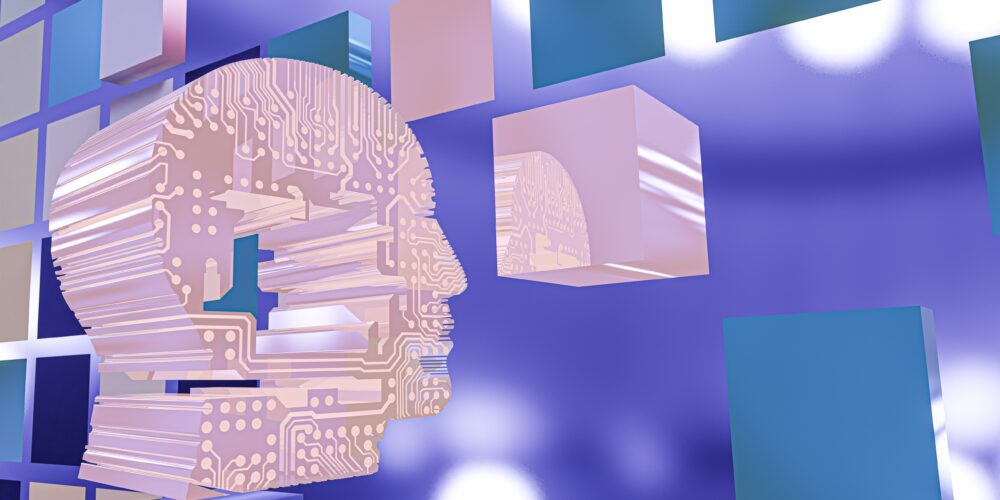block reward
Block Reward is a way of rewarding participants in a blockchain network for their contribution to the transaction verification process. It is a central mechanism that maintains the integrity and security of blockchains, such as Bitcoin or Ethereum.
How Does the Block Reward Work?
The transaction verification process in a blockchain network requires significant computational power. Participants, called miners (for Bitcoin) or validators (for Ethereum), compete to solve a complex mathematical problem. The first person or group to solve the problem correctly has the right to add a new block to the blockchain and receive the Block Reward as compensation for their work.
Why Is the Block Reward Important?
The Block Reward serves several essential functions. Firstly, it incentivizes participants to honestly and fairly participate in transaction verification, ensuring the network’s security against attacks. Secondly, it is a mechanism that introduces new digital tokens into circulation, regulates the supply of the cryptocurrency, and supports ecosystem development.
How Does the Block Reward Change?
In the case of Bitcoin, the Block Reward is periodically halved in a phenomenon known as halving. It originally was 50 BTC and currently stands at 6.25 BTC. This process aims to control the cryptocurrency’s supply and ensure its long-term value.
It’s worth noting that not all blockchains use the Block Reward as a reward mechanism. For example, Ethereum plans to transition to a Proof of Stake consensus, where rewards will be based on the amount of tokens held rather than computational power.
Summary
The Block Reward plays a crucial role in the operation of blockchain networks, ensuring security, regulating the cryptocurrency supply, and encouraging participants to engage in fair cooperation. Its evolution from the early days of Bitcoin to current trends in the cryptocurrency world illustrates the significance of this mechanism for the stability and development of the entire ecosystem.






